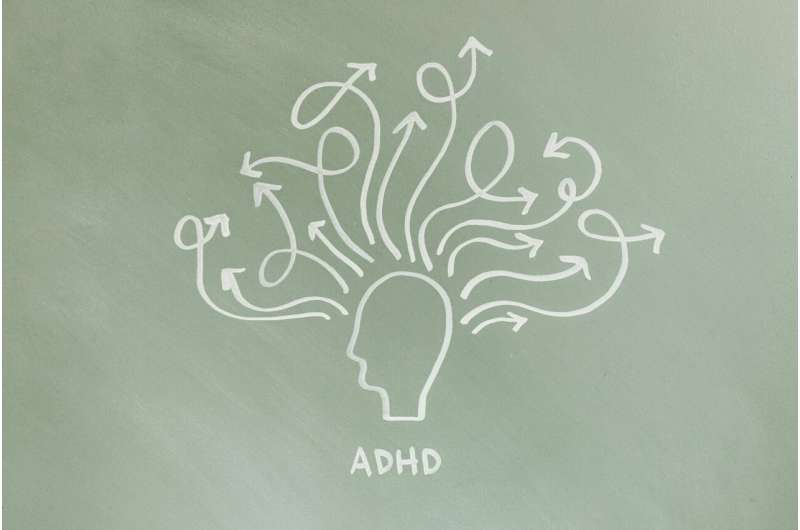Evolving Heart Disease Trends: Decline in Heart Attacks but Rise in Heart Failure and Arrhythmia Deaths

Recent studies reveal a significant decline in heart attack deaths over the past 50 years, yet deaths from heart failure and arrhythmias have increased, highlighting new challenges in heart disease management.
Recent research highlights significant shifts in the landscape of heart disease in the United States over the past five decades. While there has been a remarkable 90% reduction in deaths caused by heart attacks, overall heart disease mortality has declined by approximately 66%. This success is largely attributed to advances in medical treatments, prompt emergency responses, and public health initiatives.
However, the patterns of heart disease deaths have changed markedly. The proportion of deaths from heart failure, arrhythmias, and hypertensive heart disease has increased substantially. Analyzing data from the CDC from 1970 to 2022 reveals that while heart disease overall has decreased as a cause of death—from 41% to 24% of all deaths—the share of deaths from non-ischemic heart conditions has risen. Specifically, deaths from arrhythmias surged by 450%, and those from heart failure increased by 146%. Conversely, deaths from heart attacks, previously accounting for over half of heart disease deaths, now comprise less than a third.
Dr. Sara King, the study's lead author, emphasizes that these trends reflect successful management of acute coronary events but also underscore emerging challenges posed by chronic conditions like heart failure and arrhythmias. Advances such as coronary artery bypass grafting, improved imaging techniques, and medications have played vital roles. The adoption of high-sensitivity troponin tests and new anticoagulant medications further contributed to improved survival.
Public health strategies, including smoke-free policies, increased physical activity, and updated guidelines for blood pressure and cholesterol management, significantly influenced these positive results. Nonetheless, the rise in risk factors like obesity, diabetes, and hypertension complicates the future landscape. Obesity prevalence has more than doubled from 15% to 40%, and hypertension affects nearly half of all adults. These factors, along with an aging population, continue to contribute to the burden of heart disease.
While the decline in heart attack deaths is a major achievement, experts warn that the increasing incidence of conditions such as heart failure and arrhythmias requires focused attention. Prevention efforts should now emphasize healthy aging and early intervention, beginning in childhood, to combat these evolving risks.
Limitations of the study include potential discrepancies due to changing coding systems over decades and unexamined disparities among different population groups. Despite these challenges, the overall message remains clear: continuous medical and public health advancements are essential to managing the complex and shifting challenges of heart disease.
Source: https://medicalxpress.com/news/2025-06-heart-disease-landscape-deaths-failure.html
Stay Updated with Mia's Feed
Get the latest health & wellness insights delivered straight to your inbox.
Related Articles
Understanding the Causes of ADHD: Insights into What We Know and Suspect
Explore the current understanding of ADHD's causes, including genetic, environmental, and developmental factors, with insights into diagnosis challenges and gender differences.
Advanced AI Identifies Five Unique Cancer Cell Groups Within Tumors
A pioneering AI tool developed by researchers has uncovered five distinct cancer cell groups within individual tumors, paving the way for more personalized and effective cancer therapies.
New Research on Brain Receptor Offers Hope for Treating Neuropathic Pain
Emerging research highlights the role of the brain protein GluD1 in the development and potential treatment of neuropathic pain, offering hope for safer, effective therapies.
Liquid Biopsy-Driven Treatment Switch Enhances Outcomes in Breast Cancer Recurrence
A groundbreaking clinical trial shows that early detection of resistance mutations via liquid biopsy and switching to experimental drugs can significantly improve outcomes for advanced breast cancer patients.



